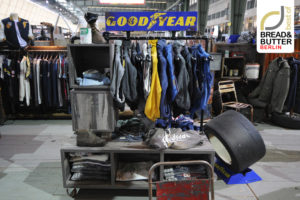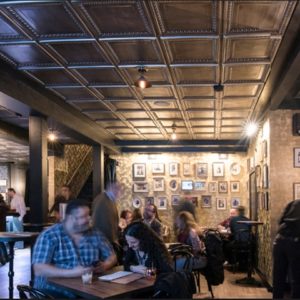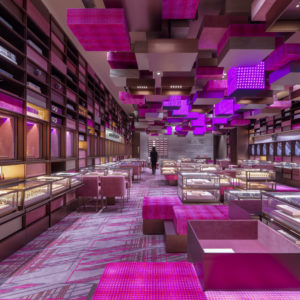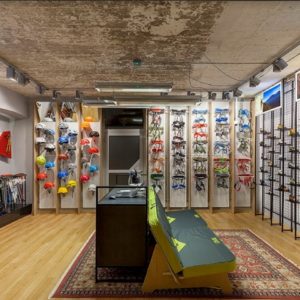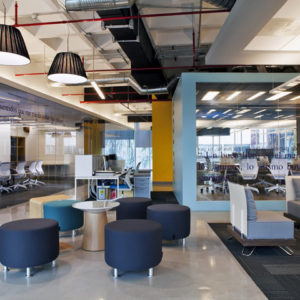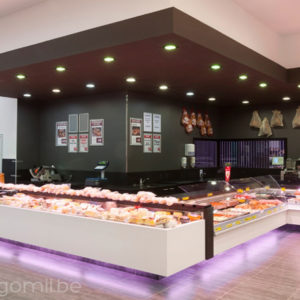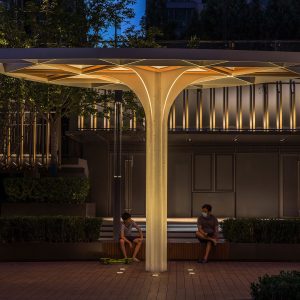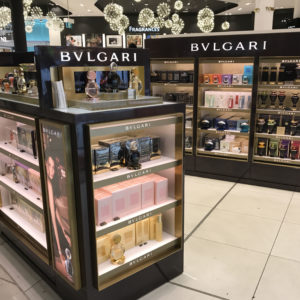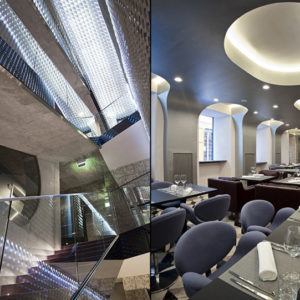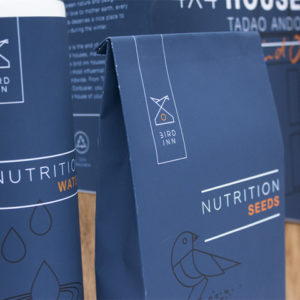
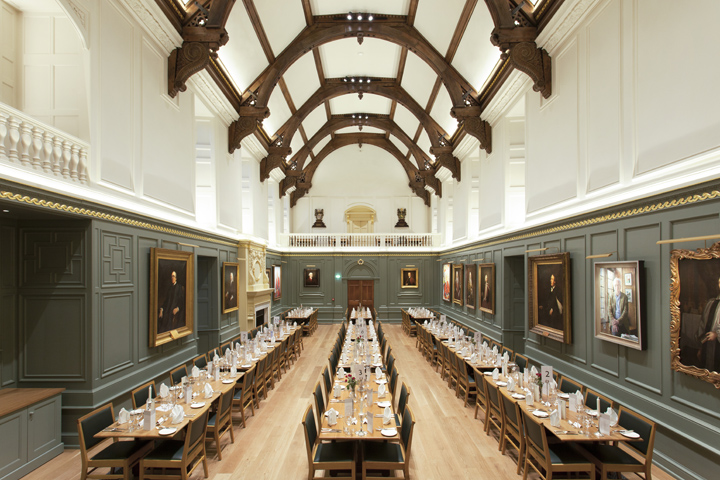

Hoare Lea Lighting has successfully designed and implemented the lighting of the Dining Hall at Trinity Hall, Cambridge. Founded in 1350, Trinity Hall is one of the oldest Colleges of Cambridge University. The Dining Hall dates back to the 14th century and is structured in traditional medieval hall style, with a High Table on the dais at the far end of the room, where the Master and Fellows still sit for functions today.
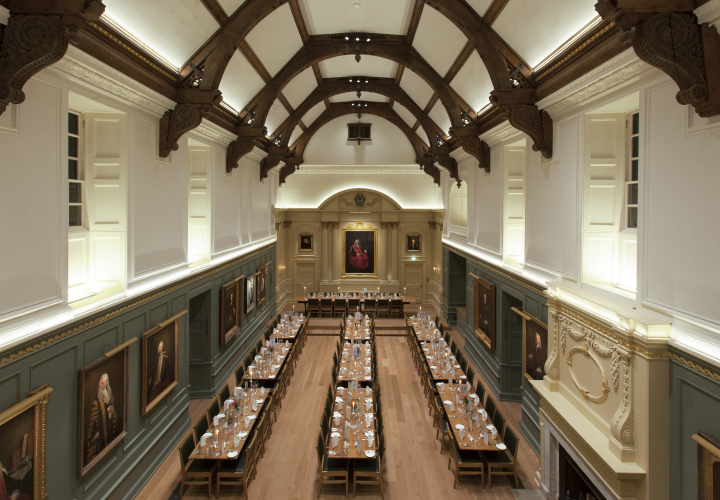
Brief
With stained glass crests, gold-leaf coated friezes and pillars and historical portraits depicting past Masters, Deans and distinguished members of the College, the Dining Hall is a perfect setting for a meal for up to 150 guests. The Dining Hall is used by the College on a daily basis for cafeteria as well as twice a week for ‘Formal Hall’ dining, and for events, such as conferences and wedding ceremonies. The brief from the College was to restore the Hall, remaining faithful to the original architecture and finishes, while creating a contemporary lighting layout, suitable for various functions.

Challenges
A great deal of effort was put into understanding the architectural features of the space, while also creating the desired visual impression and the ability to accommodate a number of functions. Juan Ferrari explains: ‘Working on listed buildings is always a challenge, as, of course, you must be mindful of the architectural heritage of the space, enhancing it at night and complementing it during daytime hours. At each step, you must consider the implications of introducing new light fittings, working to the current needs of the space, but always bearing in mind the function for which it was originally designed.’
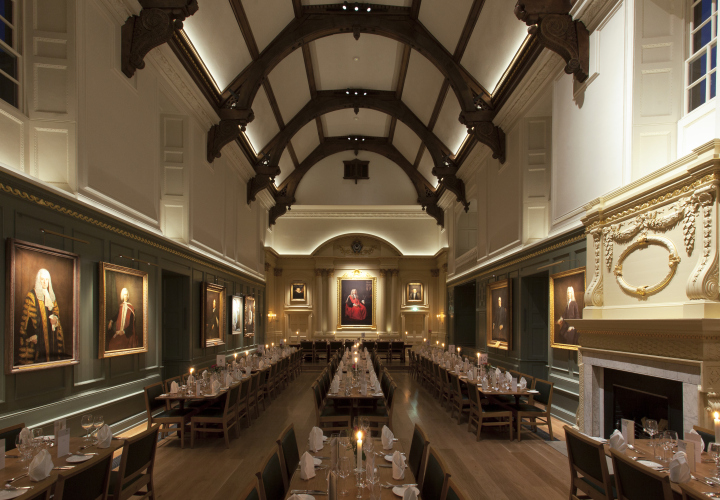
Solution
Hoare Lea Lighting considered every treatment individually, as if each was an adjective to the architectural narrative. This narrative and the movement of lighting design is difficult to communicate and Hoare Lea used a variety of tools, such as lighting renders, integration details and mock-ups to discuss the brief and translate concepts into images and words. Ferrari comments, ‘We looked at all the lighting opportunities the space had to offer, and then showed each treatment to the client individually, in conjunction with other treatments, and in relation to the function required of the Hall.’ The approved scheme was based on the concept of a highly controlled ambient/task lighting backdrop, which allowed Hoare Lea Lighting to have a ‘dark canvas’ on which to highlight architectural elements individually, and with the lowest levels of power consumption possible.

For this purpose, an arrangement of six LED track-mounted adjustable downlights – the Flos Solid Pure Spot were positioned at high-level (on the apex of the trusses) to provide general illumination. This provides flexibility and control, allowing the fittings to be focused only onto the tables or the floor, without spilling light on walls or paintings. Due to the use of the space as a dining hall, it was important that the colour rendering of these LED fixtures was more than CRI90, in order to do justice to the food served. Once the task/ambient light was resolved, work started on the volume and feature lighting. The architecture seemed designed to accommodate artificial lighting treatments, allowing fittings to be concealed and preventing the appearance of jarring elements. The mouldings dividing the architectural line between the low- and high-level windows and balcony helped contain a Flos LED Squad profile that uplights the walls at high level. The timber structure at the ceiling perimeter acts as containment for the Squad LED profile, which grazes the vaulted ceiling.
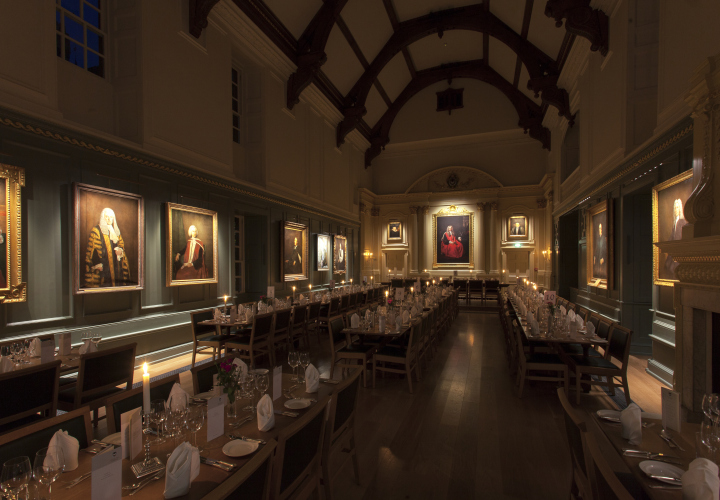
All feature elements and artwork are independently illuminated. Paintings have a dedicated LED system, tailored to the dimensions of each artwork. The distribution and angle at which the light hits the canvas was carefully designed by Hoare Lea Lighting, alongside TM Lighting (manufacturer and artwork lighting specialist) and a high, full-colour spectrum 95+ CRI LED was used to achieve the correct quality of light, emphasising the true colour of the artworks on display. Picture lights also bring vertical brightness to the space at a humanscale.
The fireplace and reredos are illuminated by projectors attached to the track system at high-level, with fittings visually matching the downlights used for general lighting. The columns, either side of the main portrait of Sir Nathanael Lloyd, Master of Trinity Hall from 1710-1735, whose generosity was fundamental in improving the fabric of the College, including the extending of the Hall to its current size, are highlighted by mini-projectors, attached seamlessly to the Flos Squad LED system. Other details, such as the window alcoves and balcony window reveals, are uplighted by a continuous linear fluorescent system, carefully embedded into the windowsills.
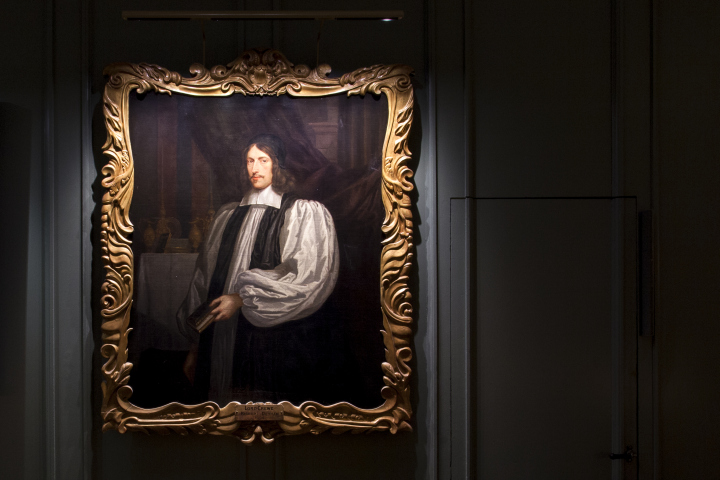
At review stages, it was imperative to narrow the performance specification of products to be able to cost it, while ensuring that the visual impression of each treatment met the aspiration. A great deal of effort was made to ensure the quality and quantity of fittings needed fell within budget. Ferrari explains: ‘Defending the designer specification and avoiding a flawed value engineering process is key to the success of any project. At Trinity Hall, our efforts on this front were supported by both the client and the manufacturers and suppliers of the fittings we specified.’ Once concept and costs were approved, the design was detailed and every treatment mocked up, before moving to the installation. Trinity Hall had an in-house project manager, who was extremely thorough, carefully overseeing the incorporation of the wiring and controls necessary for the contemporary light installation, making them disappear, seemingly effortlessly, into the architecture. Last, but by no means least, commissioning was undertaken using a Hoare Lea Lighting CGI product, the LightSIM. This allowed Hoare Lea to create a virtual reproduction of the space, which in the case of the Trinity Hall Dining Hall, included a control breakdown, to enable the client to manipulate scenes remotely. Once the function scenes were selected by the client, these were programmed on site.
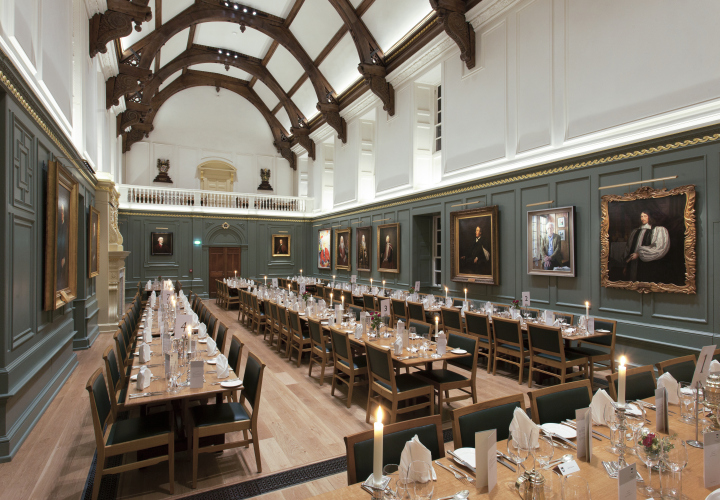
Energy Efficiency
Energy use was a central consideration throughout the design process. The performance of all specified fittings is more than 85 lumens per circuit watt. This gives a total load of 5 W/m2 for ambient lighting, and a total of 2415W to run all feature lighting at full output. The energy used to lightall 16 paintings is 90.8W, giving an average of 5.6W for each artwork. All fittings are linked to a MODE architectural control lighting system. This manages the different scene settings programmed, making the best use of the lighting and avoiding unnecessary energy use.
Ferrari says, ‘It is fascinating to bring a listed building back to life by tailoring the latest technology, but to have that new technology available as a tool at the service of the designer is a unique experience.’
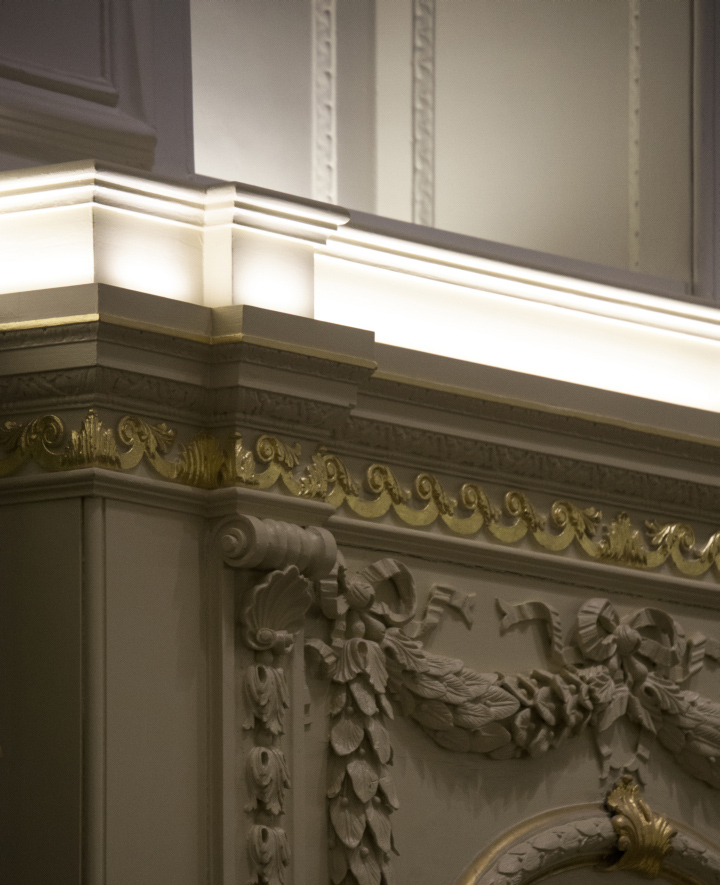
Glen Sharp, Junior Bursar, Trinity Hall, comments: ‘We knew how we wanted the space to appear, but articulating this vision was challenging. Hoare Lea Lighting’s 3D capability was very important – by modelling the space and showing us what it would look like, they provided vital reassurance to the team.
‘This type of project is revisited only every 25 years or so, therefore getting it right is crucial. Hoare Lea Lighting’s attention to detail and the sensitivity shown to this beautiful graded building has resulted in a glorious space, which is both easy to control and easy to use. Everyone loves it!’
Lighting Design: Hoare Lea Lighting
Suppliers:
Atrium: Flos (LED downlights / Track systems / LED strips / Mini LED projectors /fluorescent)
Mackwell: emergency lighting
MODE Lighting: controls
TM Lighting: picture lights
Photo credit: Redshift Photography
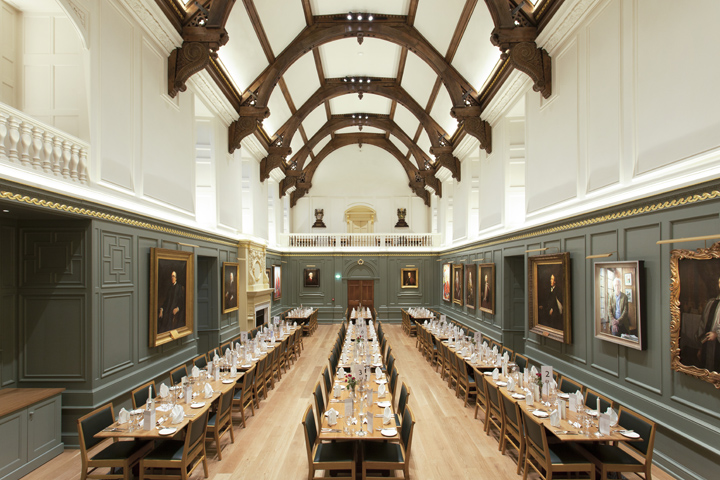








Add to collection
